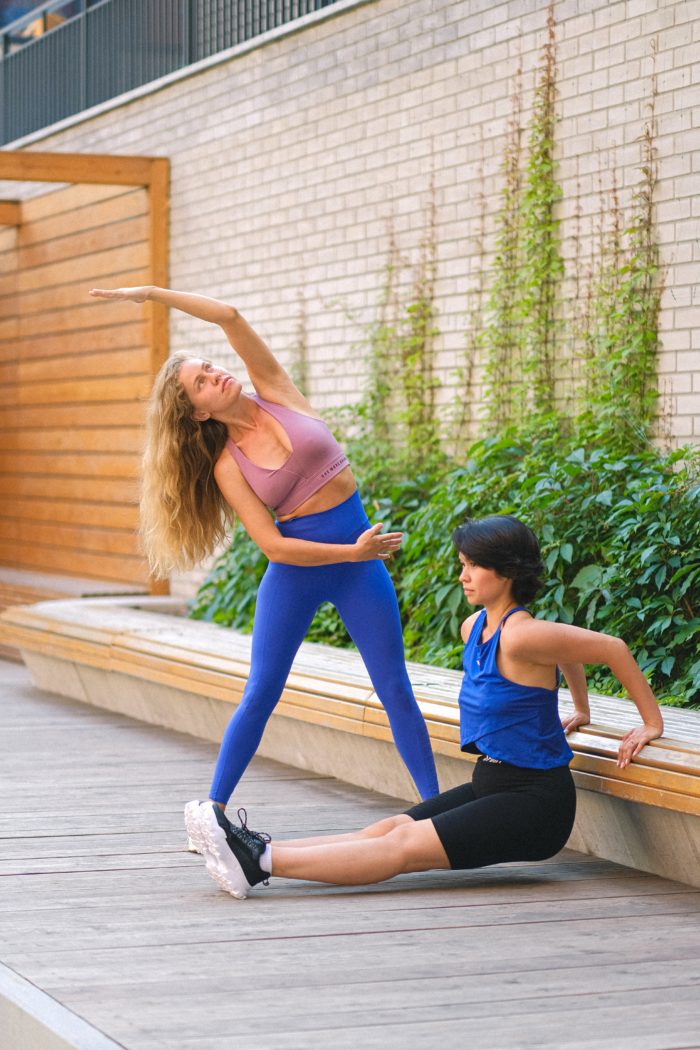The benefits of physical health
Regular exercise helps to develop a child’s basic skills (i.e., physical literacy). Physical activity can help maintain a healthy body weight to build healthy bones, muscles, heart and lungs. Exercise also helps the child maintain a healthy weight.
While all physical activity is good physical activity, moderate to vigorous exercise (i.e., activity that makes you breathe and sweat a little harder) has been associated with even more health effects.
In addition to general physical benefits, regular exercise can also help relieve the symptoms of premenstrual syndrome (PMS) in girls. This is because moderate exercise helps the body produce hormones called endorphins. These are natural painkillers that can relieve cramps and back pain and improve mood.
Benefits of activity for brain function
Physical activity plays an important role in brain development and supports important mental functions.
Practicing improves motor skills (such as hand-eye coordination), better thinking and problem solving, stronger awareness skills, and better learning. Not surprisingly, these all favor school performance. Even simple outdoor play with friends is associated with children performing better in tests and tasks.
The benefits of physical activity for emotional and mental health
If your child has symptoms of depression or anxiety, or even just a “day off,” physical activity may be the last thing on your mind. However, exercise can greatly help maintain mental well-being. The brain’s “well-being” chemicals, known as endorphins, are released from the brain during physical activity and help improve mood, energy levels, and even sleep. Together, these positive effects help improve self-esteem and resilience. Children who become active daily can also sleep better.
Less anxiety
Children who experience more anxiety tend to focus on horrible things, which in turn makes them more anxious and creates a vicious circle. But with physical activity, an anxious child can break the cycle by focusing on the demands of physical activity, developing new skills, and achieving a sense of accomplishment. Contact your doctor if your child has symptoms of anxiety.
Improved conditions
When a child or teenager feels lonely and unable to make friends, shared exercise can give them a sense of belonging and belonging. A child or teen with social anxiety may have difficulty being in a group, but the focus is like. Sport can relieve social pressure. Over time, sharing experiences with others, developing a connection, and working toward common goals can help a child focus and develop self-confidence to speak in class. It can also help build friendships at school if the activities are school-based.
Better body image (self-confidence, self-esteem and self-confidence)
When your child sees how much fun it is to dance, jump, walk, run, stretch and play, he is more likely to enjoy the activity throughout his life. Seeing and appreciating what their body can do instead of what it looks like is a great way for a child to build a positive body image and self-confidence. It is important to help your child develop this awareness at the earliest possible stage and help promote a healthy body image through their own behavior.
The desire to look lean or muscular often looks stronger in preschool and adolescence in both boys and girls. Your child is less likely to have unhealthy ways to achieve a so-called physical ideal if he or she has a healthy understanding of what “good-looking” means and understands that it comes from healthy, balanced habits.


